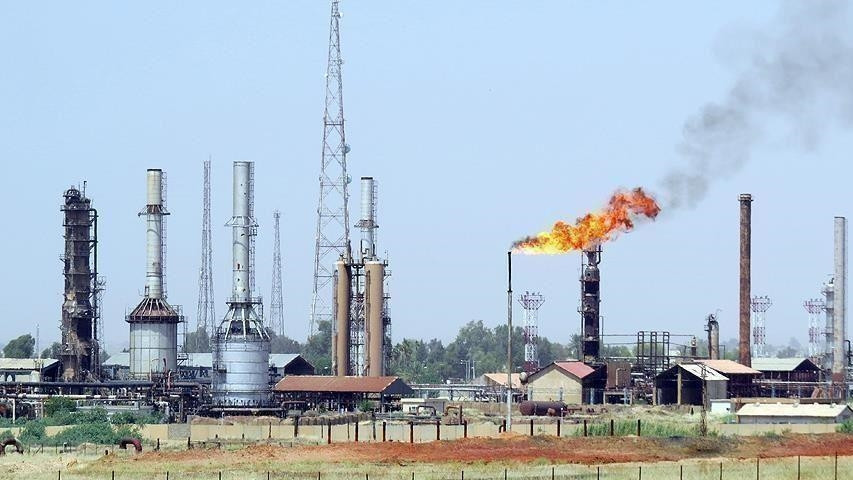Oil prices rose more than 1 percent on Wednesday, and were trading near their highest levels since April, after data showed that crude oil inventories in the United States, the world's largest fuel consumer, fell by more than expected.
Brent crude futures rose in October 92 cents, or 1.1 percent, to $85.83 a barrel by 0001 GMT, while US West Texas Intermediate crude rose 84 cents, or 1.03 percent, to $82.21 a barrel.
The two benchmarks fell at the settlement on Tuesday, stopping a series of gains that lasted for three days.
US oil inventories fell by 15.4 million barrels in the week ending July 28, according to market sources citing figures from the American Petroleum Institute, compared to analysts' estimates for a decline of 1.37 million barrels.
If the US government figures, due to be released later, Wednesday, match the figures given by sources, it would be the largest drop in US crude stocks according to records dating back to 1982.
Oil stocks also began to decline in some other regions as demand outpaced supply, prompted by deep production cuts by Saudi Arabia, the de facto leader of the Organization of the Petroleum Exporting Countries (OPEC). Production cuts contributed to an increase in oil prices.
Analysts expect Saudi Arabia to extend its voluntary cut in oil production by one million barrels per day for another month, including September, during a meeting scheduled for Friday.
A Reuters survey on Monday concluded that OPEC production declined in July as a result of the voluntary cut by Saudi Arabia, as well as production problems that affected Nigerian supplies.
A spokesman for the US Department of Energy said on Tuesday that the US administration withdrew an offer to buy six million barrels of oil to boost the strategic reserve in light of expectations that oil prices will continue to rise due to production cuts.








































